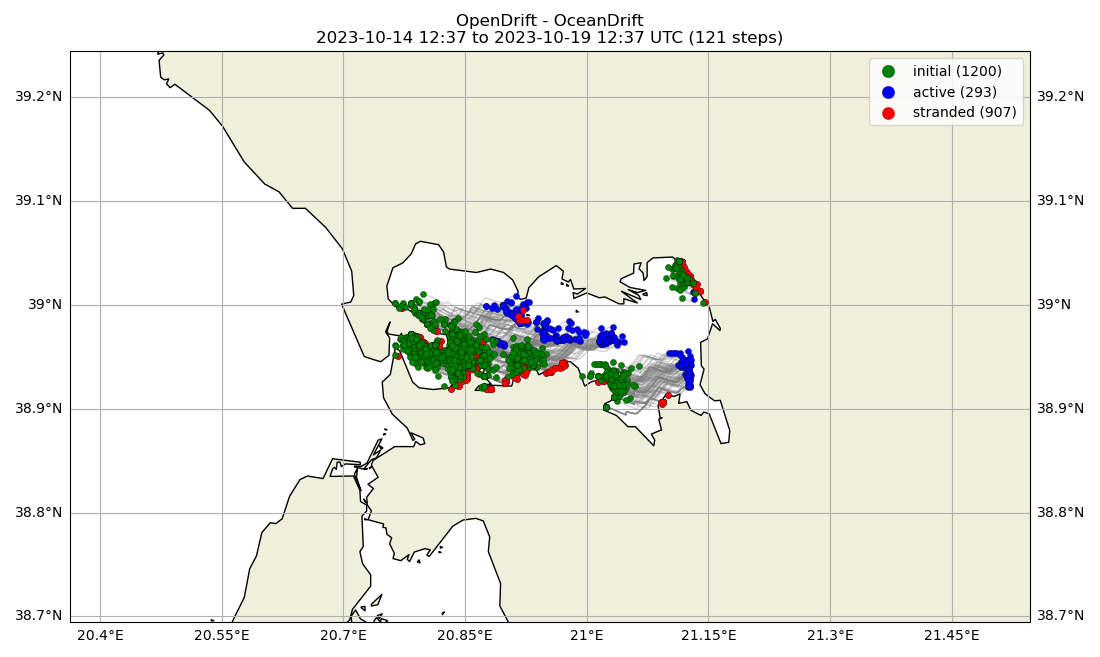- Hackathons
- Feed
- Builders
- Organizations
- Learn
Gallery
Description
💎 Idea
The global aquaculture market increases from year to year to keep up with need and demand, and many countries have plans to further increase their production. This increase makes it harder and harder to keep diseases and parasites under control. The yearly global market loss due to parasitic infections is estimated to be between 1.05 and 9.58 billion USD[1]. This number is only going to increase, due to the increased need for seafood, and the challenges posed by global warming[2]. All the while, seafood production needs to increase in order to feed a growing world population.
The biggest threat to the most farmed aquaculture of salmonids is the sea lice, which alone contriuted to losses from 500 million USD to 1 billion USD[3]. Sea bream, which is the second-most farmed fish species, is also affected by parasites.
To combat aquatic parasites and disease, the EU (as well as many countries) mandates that all aquaculture sites (new and old) must have a biosecurity plan, and producing these plans is a costly effort. Our tool assists with, and automates parts of, the creation of these plans for marine spatial planning and sustainable aquaculture practice.
A central part of a biosecurity plan is an analysis of the potential ways disease and parasites can spread between aquaculture locations, and from aquaculture locations to the environment. Our tool can, in particular, simulate parasite outbreaks at existing and hypothetical aquaculture sites and automatically detect transmission to neighbouring sites.
🛰️ EU space technologies
In order to accurately simulate the spread of particles and other objects, having high accuracy data is highly important. In order to achive this, we utilize satellite data from Copernicus for ocean parameters like currents, temperature, and salinity in order to simulate the spread of parasites and diseases between aquaculture locations. This access to high-resolution ocean data is crucial for our simulation of disease and parasite spread.
In particular, we use Sea Physics Analysis and forecast datasets, which gives us access to ocean currents. There are multiple of these datasets, depending on the regions covered, but among others, we have ran simulations in the Mediterranean Sea, as well as along the Norwegian coast. The dataset used for the Mediterranean Sea is the following:
https://data.marine.copernicus.eu/product/MEDSEA_ANALYSISFORECAST_PHY_006_013/description
Other datasets we used can be found here:
https://data.marine.copernicus.eu/products?q=currents&facets=tempResolutions%7EHourly
As a future work, we also intend to use satellite data from Sentinnel 2 and 3 for detecting algal blooms and floodings which put aquaculture sites at risk.
⛑️ Space for International Development & Humanitarian Aid
We are tackling challenge #2, specifically the topic of food security. Our tool addresses this challenge by leading to better aquaculture site selections, and by providing a thorough biosecurity analysis. This benefits both existing and developing aquaculture industries.
Many countries across the world, as well as the EU as a whole, have concrete goals to grow their aquaculture production in the coming years. This increase is crucial for feeding the growing world population. However, biosecurity problems become harder as production grows, and therefore tools are needed to ensure a sustainable practice that can survive environmental challenges.
🤼 Team
Aleksandr Makarov — pursuing Master's in Bioinformatics and Systems Biology and Computer Science
Bård Johan Hanssen — Master of Science, Data performance and visualization
Erling Devold — Master of Science, hydroacoustic identification of scools of fish
Jarl Gunnar Flaten — PhD, Mathematics
Signe Sønvisen — (Remote) Associate Professor in Fisheries and Aquaculture Management
Øystein Knutsen — (Remote) Master of Science, high performance datavisualization
Github repoitories:
https://github.com/CASSINI-Biosecurity-Planning

